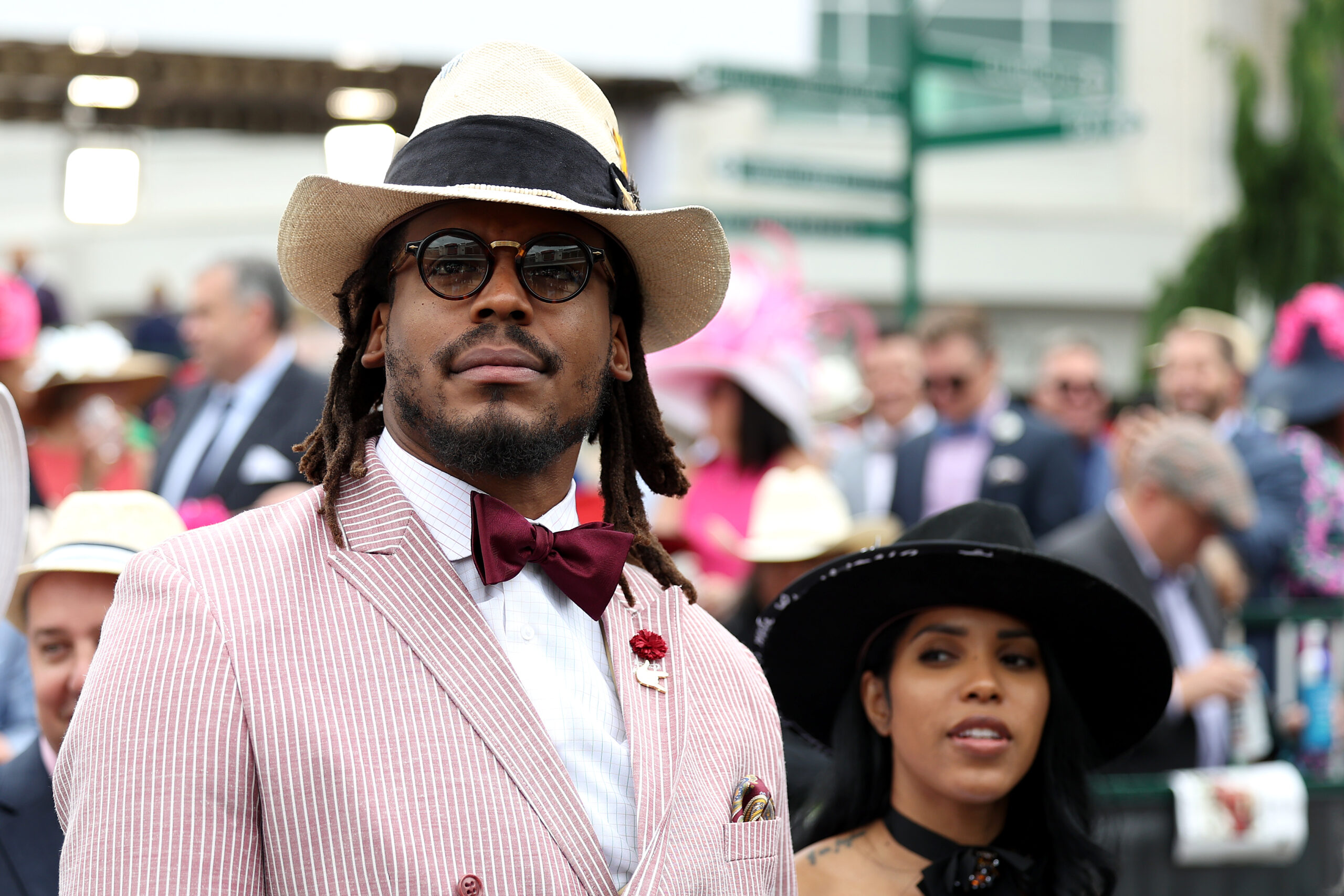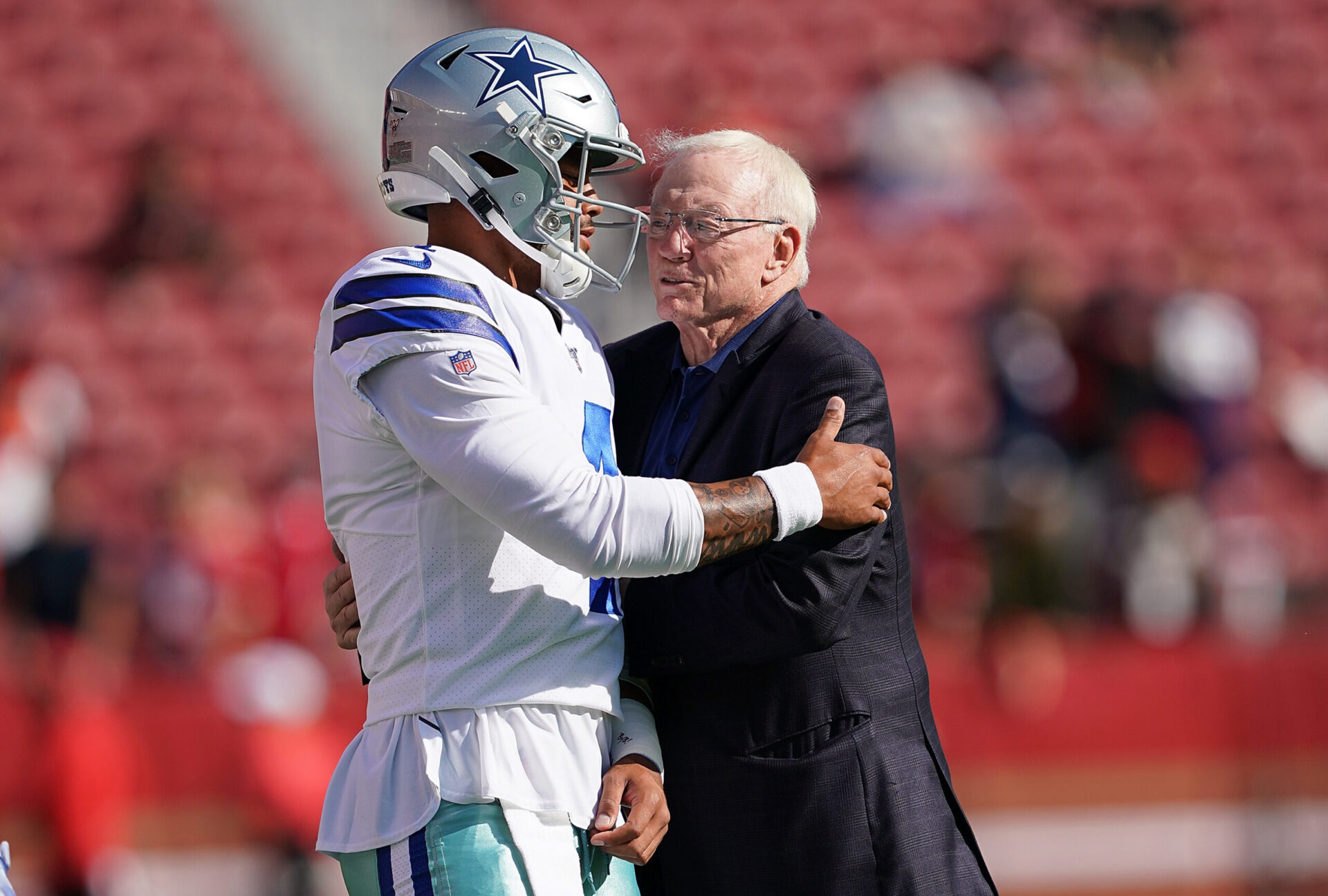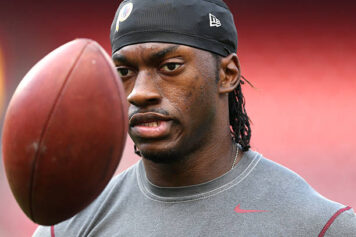The most astonishing story of this early stage of the college football season has been the emergence of Mississippi State. When they stomped a mud-hole in No. 6 Texas A&M 48-31 last weekend, the Bulldogs junior quarterback Dak Prescott announced himself as one of the leading candidates for the Heisman Trophy with his memorable performance, completing 77% of his passes for 268 yards and two touchdowns. He also ran for 77 yards and three more scores.
Heading into the season, some of the early quarterback contenders for college footballs most prestigious award included Florida States Jameis Winston, who won the Heisman last year as a redshirt freshman, Oregons Marcus Mariota, Ohio States Braxton Miller, UCLAs Brett Hundley, Notre Dames Everett Golson and Auburns Nick Marshall.
After their 52-28 annihilation of No. 9 South Carolina to kick off the season, Texas A&Ms sophomore signal caller Kenny Hill threw his name in the hat by surpassing Johnny Manziels single-game passing record in his first start of the year, completing 44 out of 60 passing attempts for 511 yards and three touchdowns
Prescotts play during Mississippi States first few games are conjuring up memories of one of the greatest and most feared college quarterbacks of all time, former Auburn Heisman winner and current Carolina Panther Cam Newton.
Hes got some similarities, Auburn coach Gus Malzahn said recently on his Tiger Talk radio show. Hes a big, physical guy. A lot of times in short yardage, hell find a way to get it.
The biggest game of the year thus far is this weekends matchup between Mississippi State and Auburn, where well see Prescott match wits at the position with the Tigers Nick Marshall, a blur of speed with the ball in his hands who threw for close to 2,000 yards last year and 14 touchdowns, while also running for 1,068 yards and 12 more scores.
The great part of the matchup that has National Championship implications is that during the game, folks will be blabbering about their powerful and accurate arms, dazzling feet, leadership acumen, winning attitudes and splendiferous skills in the open field rather than the fact that theyre black.
Weve reached a space in college football where the specter of the black quarterback is no longer an issue. And the depth chart at the position is increasing because its becoming universally accepted that switching them to wide receiver, running back and corner might not be the best way to take advantage of their talents.
Coaches finally realized it was safer to have the ball in the hands of your best athlete on every down, rather than putting him at wide receiver or running back, noted quarterback guru, mentor and coach George Whitfield told The Big Lead last year. You can bracket a receiver or crowd the line to slow a back. But a dual threat at QB? You have your hands full all day
With the emergence and current ubiquity of the spread offense on the high school level, most of todays college studs have been running sophisticated schemes and throwing the ball years before arriving on campus, as opposed to some of the premier college quarterbacks of the past, like Nebraskas Tommie Frazier or Oklahomas Jamelle Holieway, who were more schooled solely in the wishbone and I-option attack during their prep days.
There was once an antiquated bias that supported the following postulate: that quarterback was a white position. But black quarterbacks leading top-ranked teams in search of national titles are no longer a big deal.
But it was a big deal as recently as 1989, when Andre Ware of Houston, Major Harris of West Virginia, Tony Rice of Notre Dame and Darian Hagan of Colorado were among the top five signal callers in the country, and in 1993, when Florida State’s Charlie Ward looked like he was quite possibly the best college football quarterback of all time.
But arriving at this Golden Age for the black college quarterback was not easy. Fritz Pollard was very much an anomaly when, as a freshman at Brown University in 1915, he led the school to the Rose Bowl against Washington State, earning him the distinction of being the first African-American to play in that storied bowl game.
Wilmet Sidat-Singh, a strong-armed and accurate passer who played for Syracuse in 1937 and 1938 was an aberration as well. The University of Maryland refused to let Sidat-Singh play against them in 1937. But he got a measure of revenge the next year when he smoked the Terps and the schools racist sensibilities, leading Syracuse to a 53-0 victory.
Players like Willie Thrower, the first African-American quarterback in the Big 10 Conference who helped Michigan State win the National Championship in 1952, and Sandy Stephens, who was the starter for the University of Minnesota when they won the title in 1960, were also a rare sight.
At predominantly white universities where people of color had previously been barred from playing the position, African-American QBs began flourishing on a larger scale during the 70s as guys like Stanfords Gene Washington, Texas Donnie Little, Michigans Dennis Franklin, Oklahomas JC Watts and Thomas Lott, USCs Jimmy Jones, Toledos Chuck Ealy and Tennessees Conredge Holloway opening doors that many would come rushing through later in the 80s and beyond.
The best example of the struggle to gain acceptance at the position is provided by Warren Moon, a native of Southern California. An All-League standout blessed with a flame thrower of an arm at Alexander Hamilton High, most major colleges that recruited him wanted to switch his position, which was par for the course for many outstanding black high school QBs.
Determined to line up under the center, he went to junior college to prove that he was indeed a quarterback, and proceeded to tear up the California JUCO record books. And yet, USC, UCLA and other PAC-10 schools that recruited him insisted that he wouldnt get an opportunity to play his natural position. The University of Washington, whom he led to a 1978 Rose Bowl victory over the University of Michigan with his MVP performance, was the lone school that promised they wanted him as a quarterback.
Despite his success and phenomenal passing ability, he was not drafted by an NFL team in the 1978 draft. He again had to take a circuitous route to prove himself and became one of the greatest players in the history of the Canadian Football League, where he passed for 21,228 yards and 144 touchdowns in six years before the Houston Oilers signed him as a free agent in 1984.
He went on to play for 17 years in the NFL and was elected to the Pro Football Hall of Fame in 2006, which leads to a simple question: How many Warren Moons, quarterbacks with outstanding talents and limitless potential as field generals, were told that they werent good enough or smart enough to play quarterback in college, who simply agreed to switch positions and play running back, wide receiver or cornerback, who never got to fulfill their destinies playing the position that they were truly best suited for?
Well never know.
This month, The Shadow League will launch our next series entitled The Black College Quarterback, where well present nuanced feature stories and exclusive interviews with some of the most impactful QBs of the modern era, players who were among our favorites in the 80s and 90s, whose stylistic and athletic aesthetics still resonate and produce goose bumps to those who watched them operate.
Well kick off the series next week by taking a look at the University of Oklahomas Jamelle Holieway, who is still the only true freshman to ever lead his team to the National Championship, a Harry Whodini-like magician on the option whom many consider to be the best wishbone quarterback to ever play.
Over the next few months, as the season marches toward its inaugural playoffs and the National Championship Game, well look at some other great players who helped pave the way and open the doors that guys like Teddy Bridgewater, Cam Newton, Robert Griffin III, Russell Wilson and the up-and-comers in the new world order later slashed and dashed through en route to national acceptance and adoration.
So buckle up your chinstraps and get ready for an informative and exciting look behind the facemasks of some of the best to ever play college football, a group of young men who, through their wondrous talent and accomplishments, helped usher in today’s Golden Age of the black college quarterback.
The University of Oklahoma’s Jamelle Holieway – Part I
The University of Oklahoma’s Jamelle Holieway – Part II



